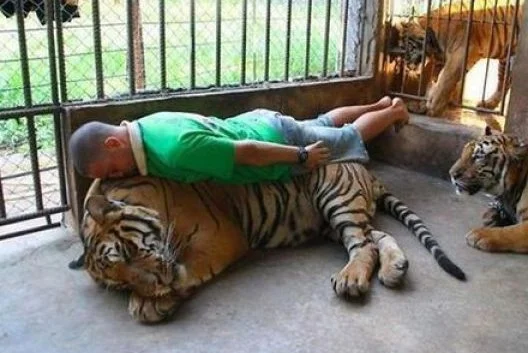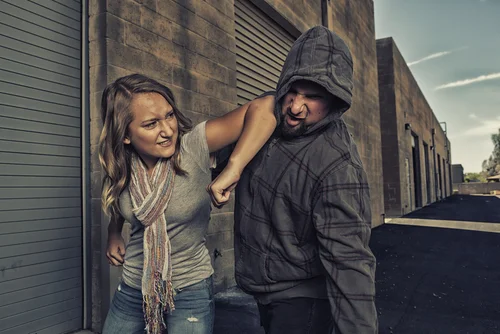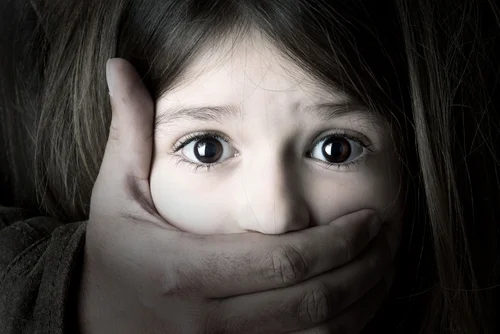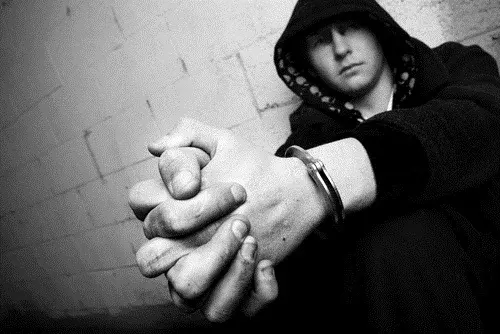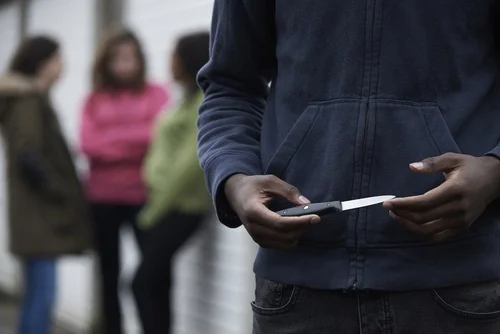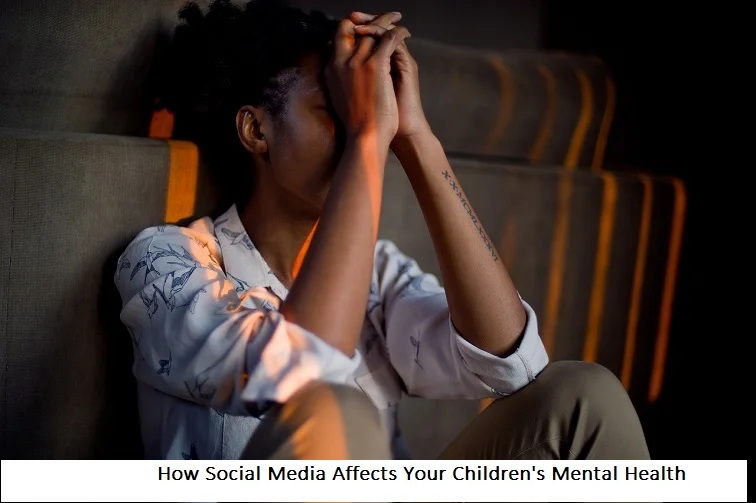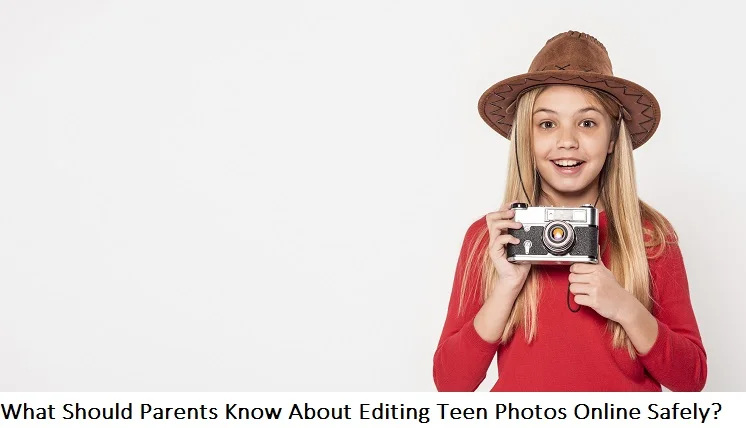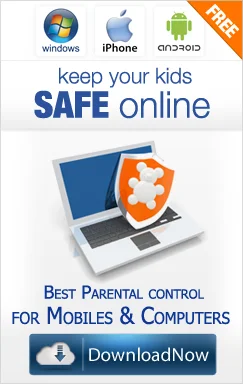+1 845 259 2974 (11 a.m to 7 p.m CST)
Self-injury among teens: Cry for help!
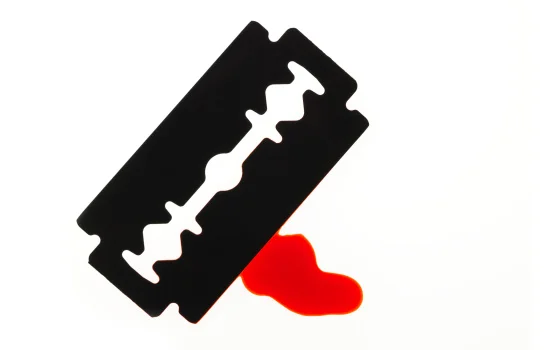
Watching Angelina Jolie in the movie, “The Girl Interrupted”, while she cuts herself in extreme anxiety must have been agonizing for you. Well, just imagine the frustration and anxiety that teens go through, the damange of which is so extreme that teens end up hurting themselves. Self-injury, self-mutilation or non-suicidal self-injury arepatterns of behavior exhibited by an individual who inflicts physical damage to themselves to express their emotional pain without any intent of committing suicide.
Trending among teens
Non-suicidal self-injury or NSSI is becoming a common act of aggression among teens. Dr. Mitch Prinstein, Director of Clinical Psychology, University of North Carolina gives some startling statistics – in recent years, 7% of middle school kids, 15% of high school kids and approximately one-third of all teenagers have suffered from self-injuring behavior. These kids would come frequently to hospitals for treatment of cut wounds, burns, broken bones and other form of injuries.
If you are parent of a teenage girl, then you need to be extremely vigilant about any suspicious marks or wounds on your daughter’s body. The scratches on her arm may not be your cat’s doing –she must have told you that – but expression of her anger and emotional distress. Different researches suggest that adolescent girls are more at risk of indulging in self-injury, as compared to teenage boys. However, parents need to be careful with their boys as well, because their behavior of self-injury is often public.
The sweet pain of self-injury
Any kind of negative, violent or destructive behavior on part of teenagers is an expression of psychological turmoil which needs to be addressed immediately. To narrow it down, four common reasons are commonly given by teens involved in NSSI:
- NSSI is a stress reliever for several disturbed teens
- Sometimes teens cut themselves to invoke feelings – even painful ones.
- Self-injury is also way of attention seeking
- In rare situations, teens injure themselves to relive negative stress, so that they could adjust in their social surroundings.
Detect the signs
Sometimes, parents miss earlier signs of self-injury, which take the form of severe physical damage; and in some cases suicide. Following are different self-injury behaviors, crying out for immediate help:
- Suspicious cuts on arms or carvings
- Unexplained scratches on skin
- Frequent burn marks
- Patches of skin or hair removed
- Broken bones from frequent falls
- Wearing long sleeves in simmering summers
- Reluctance to wear swim suit or proper gym clothes
Parents must look out for these signs in their teens, but do not go overboard with your suspicions if your child wants to have tattoos or body piercing. These activities are part and parcel of teenage and do not fall in self-injury behavior, unless the teen has the intention to harm his or her body.
How to intervene
There comes a time – preferably quite early – when parents need to intervene to stop their children from harming themselves physically. But this cannot be achieved overnight. First of all, parents would have to win their teens’ trust, so that they are allowed to enter into their children’s world of agony and despair to eventually bring them out of it. Once the trust is developed, parents should enter their teens’ world with an open mind; do not display shock, show pity or shaming response. Parents’ cautious and understanding gesture would encourage children to seek medical treatment and counseling to deal with such behavior.
Preventing non-suicidal self-injury
Why to cure that can be prevented. Self-injury behavior like several other psychological issues can be prevented through simple measures. Major responsibilities lie with parents. If parents are successful at maintaining an unrestricted and comfortable flow of two-way communication, they can inculcate a sense of security in their teens; while enhancing their ability to cope with and express their feelings. This increases self-worth and confidence in them, which results in healthy social interactions.
- Source for statistics & NSSI definition: Favazza, A.R. (1996), “Bodies under siege: self-mutilation and body modification in culture and psychiatry, 2nd Edition, Baltimore, MD: John Hopkins University Press

